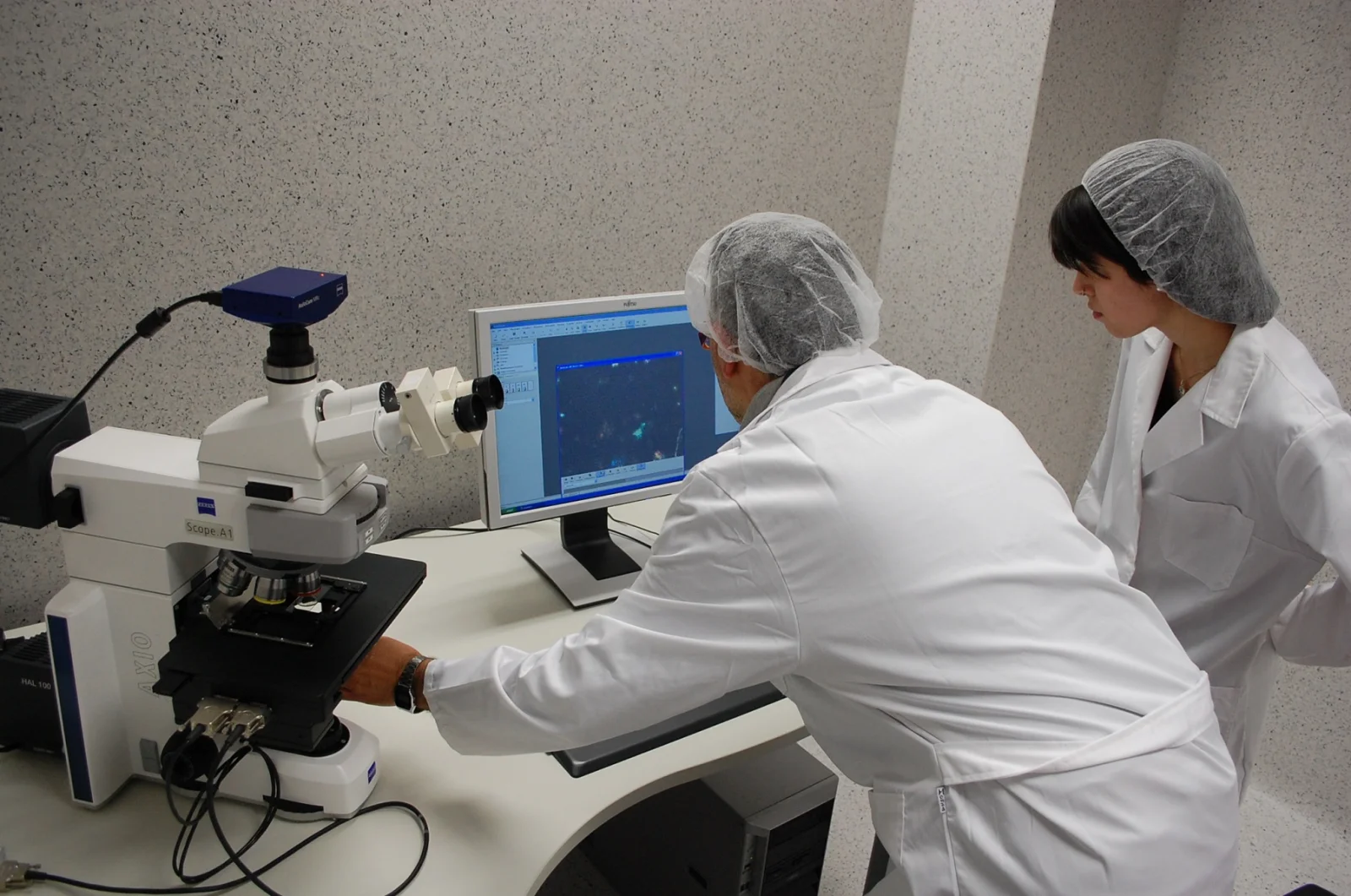Technologies portfolio
Characterisation of solar system materials: meteorites and returned asteroidal and cometary samples

Study of materials to identify their composition and other properties

The mineralogical and compositional characterization of meteorites and other solar system materials brought to Earth by sample return missions is an area of growing scientific interest, particularly to develop In Situ Resource Utilisation (ISRU) techniques. IEEC researchers use different instrumental techniques to study such materials.
First petrographic microscopy (in transmitted and reflected light) is applied to study thin sections of the materials. This technique allows them to build mosaics and support the identification of Regions of Interest (ROIs) to be characterised using a wide spectra of technologies under collaboration with external private and public entities: scanning electron microscopy (SEM), Transmission Electron Microscopy (TEM), and Energy-dispersive X-ray spectroscopy (EDX) to identify minerals by X-Rays. An electron microprobe is used to precisely determine the elemental chemistry in micron-sized regions of interest in meteorites.
In addition they also use: High-resolution Transmission Electron Microscopy (HRTEM), X-Ray Diffraction (DRX), and Raman spectroscopy to identify minerals and shock-transformation in extraterrestrial samples. Nano-indentation of these materials is also allowing them to establish mechanical properties of meteorites, and their parent bodies. Inductively coupled plasma mass spectrometry (ICP-MS and ICP-AES) is made of meteorite chips to get accurate bulk elemental abundances in extraterrestrial samples.
Finally, to compare meteorite samples with their parent asteroids and comets, the researchers perform reflectance spectroscopy (from ultraviolet to infrared) that allows them to get reflectance spectra providing a direct comparison with remotely characterised solar system bodies.
The potential applications of these technologies are physical or chemical processes in space exploration, search for biomarkers, and mining of Moon and asteroids, as well as advanced materials manufacturing.
